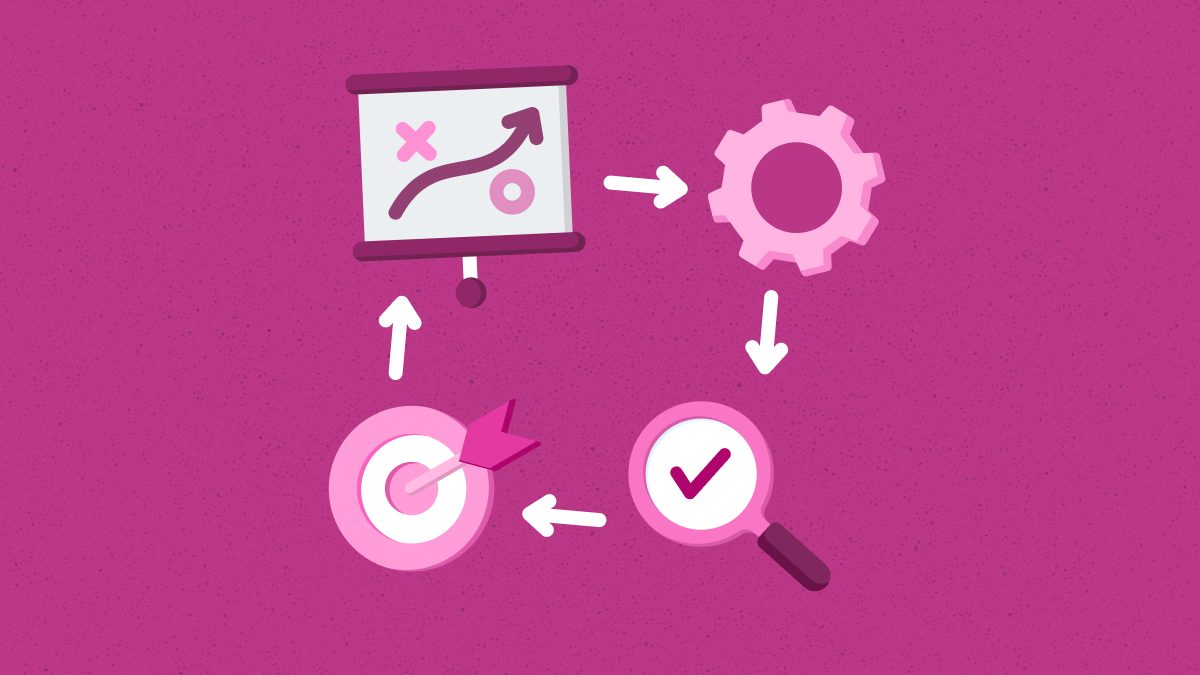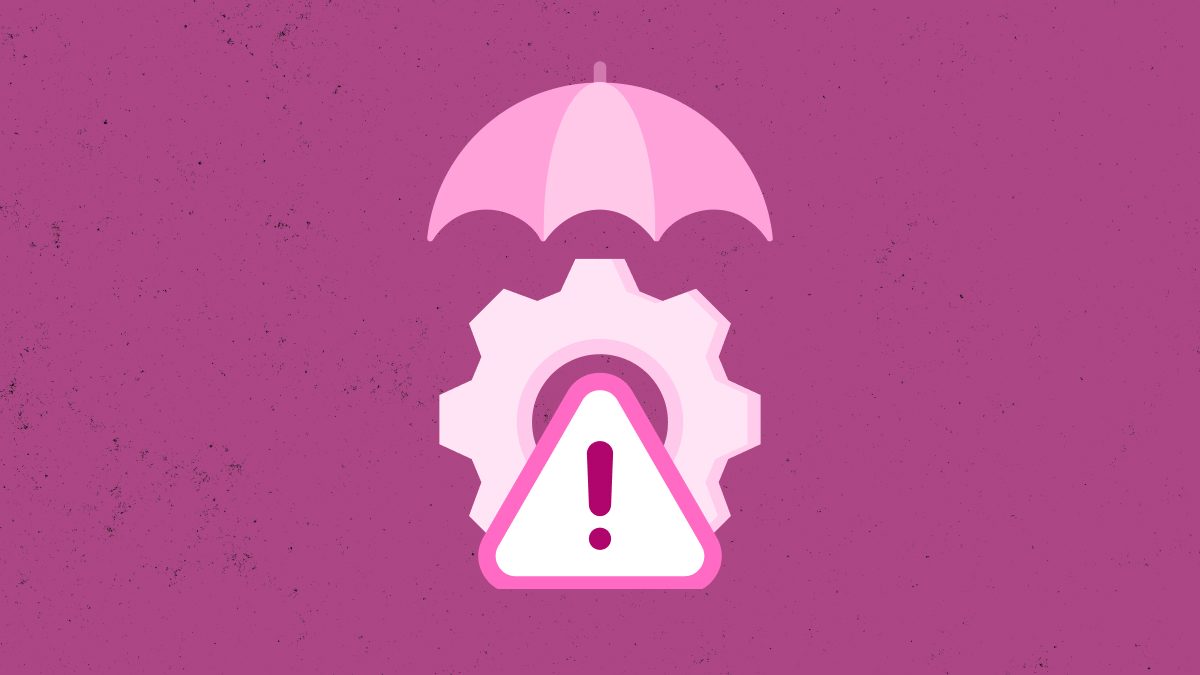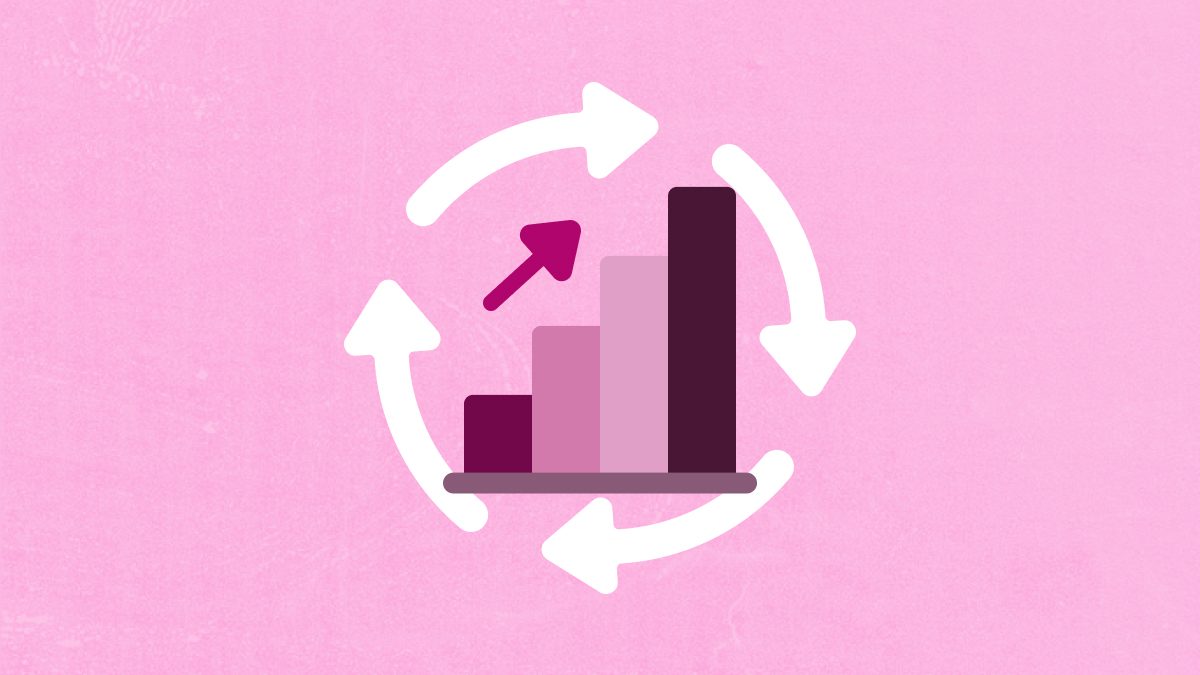Glossary about Data Integrity
Data Integrity
Consistency and data accuracy are essential pillars on which businesses are built. But, if there are such issues, it can lead to significant business problems that can be difficult to overcome. So, it is crucial to ensure optimal data health if you want to make the most of your data. If you want to understand data integrity, you have come to the right place. Here is what you need to know about it.
Data Integrity Definition
Data integrity is data’s consistency, validity, and accuracy throughout its lifecycle. It also refers to the safety of your data concerning regulatory compliance and security, such as GDPR compliance. Organizations must maintain data integrity through various rules, processes, and standards they must implement during data design.
Suppose the integrity of the data is intact. In that case, it will ensure that the information in the database is accurate, complete, and reliable regardless of the length of storage or frequency of accessibility. Integrity is one of the key factors that will protect you against data leaks and loss.
Risks To Data Integrity
To protect your data in the best possible way, you must understand the threats to this integrity. Here are the top risks that can make your data vulnerable:
- Transfer Errors
A transfer error occurs when the data cannot successfully transfer from one database location to another. For example, it can happen when the data is present in the destination table but not in a relational database source table. That is why organizations must minimize any transfer errors, as they can compromise data integrity.
- Human Error
Human error is a factor that a business must account for in everything. That is because human errors can include:
- Incorrect entering of data
- Duplicating or deleting data
- Making mistakes during implementation procedures
- Not following the correct protocols
All of these human errors can lead to data loss. That is why organizations must reduce the chances of human errors in the data.
- Viruses And Bugs
Viruses and bugs such as malware, spyware, and other viruses can invade the device you have your data on. When this happens, it can lead to information being stolen, deleted, or altered. So, you must perform regular checks to ensure such threats are not there.
What You Can Do To Reduce Risks
Here are the steps you can take to eliminate or reduce risks:
- Validate data when it is gathered and used to ensure it is correct
- Frequently back up all the data
- Limit the access to data so no unauthorized parties can access it
- Use an error detection software
- Conduct regular internal audits
- Use logs to track the addition, modification, and deletion of data
Final Words
That was your complete guide to understanding the term, the risks that come with it, and how you can eliminate them. Be sure to follow the right guidelines to ensure the best data integrity.




